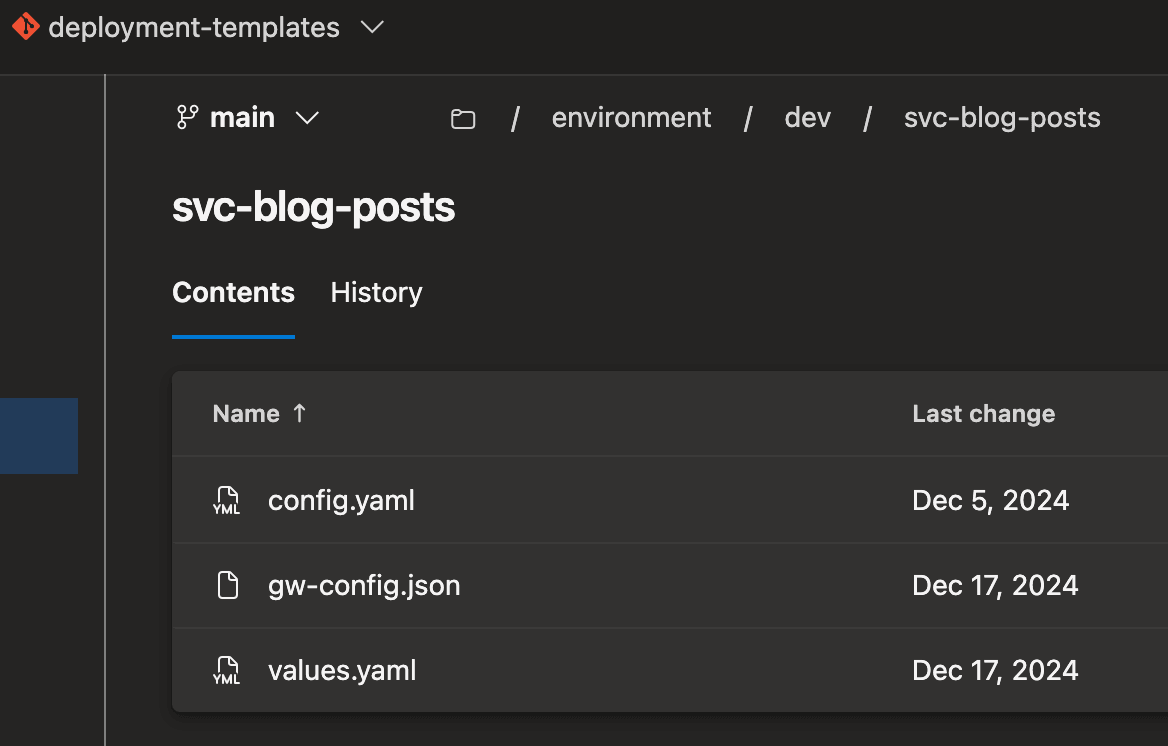Deployment
Process
A detailed guide to the deployment process in the EIT platform, leveraging GitOps principles.
Deployment process
The deployment process follows a structured workflow to ensure efficient and controlled releases across multiple environments.
Deployment Config
The deployment-config repository acts as the central configuration store for deployment automation tools like Flux or ArgoCD, which synchronize Kubernetes clusters with Git-based configurations.
Key aspects:
- Contains rendered Kubernetes manifests, such as:
- Deployments
- Services
- Jobs (batch operations)
- HTTPRoutes
- Ingress configurations
- Helm releases typically are not needed but are available if cluster-side support is available, allowing more advanced deployment definitions and configurations.
- Approval Process:
- Pull Request (PR) policies ensure proper governance, especially for staging and production environments.
- Automated deployment is enabled typically for development and testing environments.
- Continuous Deployment (CD):
- Supports fully automated deployments when new code is merged into a specific branch.
- see CD details
Deployment Template
To simplify deployment definitions, the deployment-templates repository provides a set of reusable templates and configurations based on Helm.
This repository allows developers to:
- Define deployments easily with a structured configuration approach.
- Use templating mechanisms to generate Kubernetes manifests dynamically.
- Manage deployment consistency across environments.
Structure of a Deployment Template:
- EIT config file
config.yaml- Core parameters like Helm chart name, Kubernetes namespace, and environment-specific configurations.
- Helm values files:
values.yaml- Stores environment-specific values required for Helm charts.
- Gateway configuration file:
gw-config.yaml- Defines API exposure, security settings, and routing rules.
Example Deployment:
Example blog posts service deployment

Approval Process:
- Mandatory PR approval policies are enforced for production and staging deployments.